Image
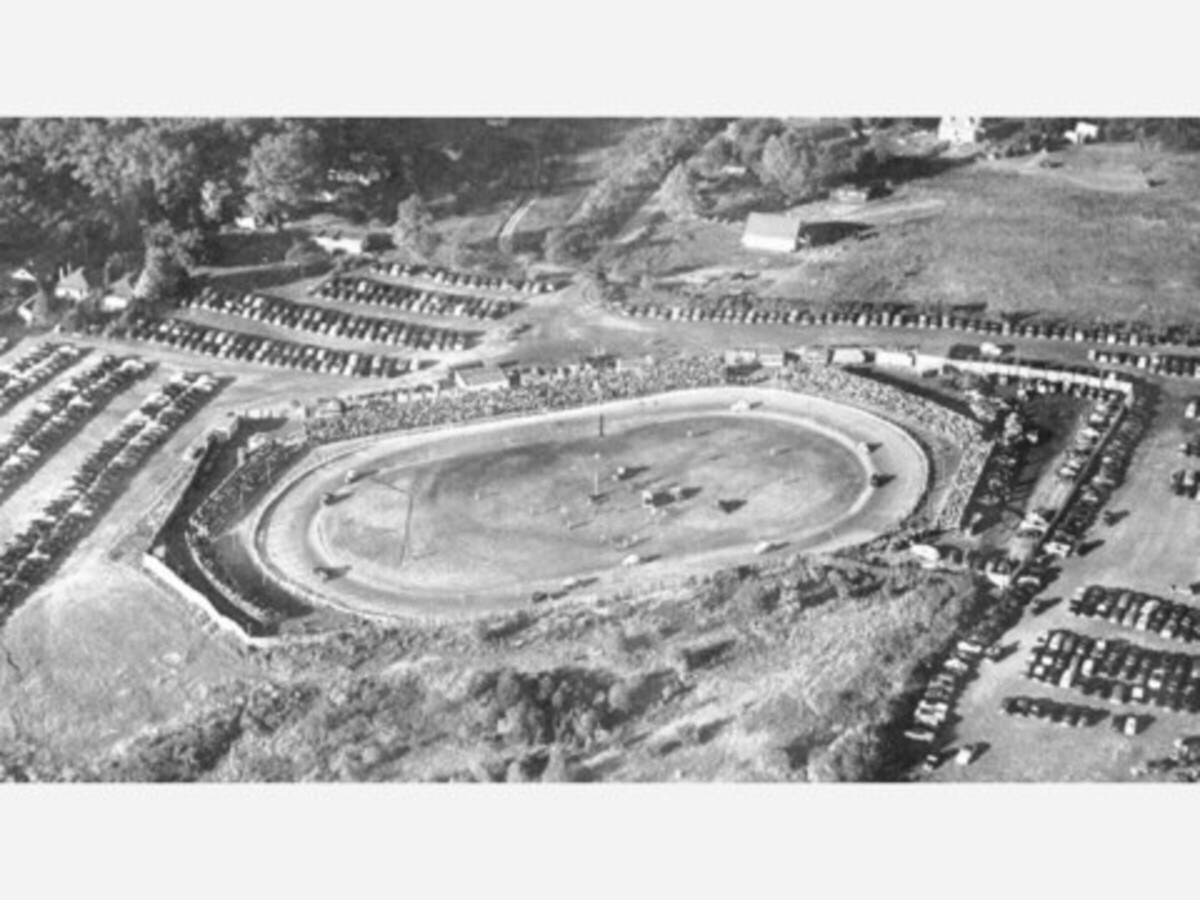
by Bob Wood *
Action track indeed.
Carefully collected and preserved in the display cases and archives of the Lower Pottsgrove Historical Society is an array of trophies, helmets, goggles, tickets, posters, photos and memorabilia of all sorts which help to tell the story of the Sanatoga Speedway.
The earliest poster in their “speedway” archives is from the 1939 season which advertises “Midget Auto Racing at the Sanatoga Speedway on a dustless track assuring high speeds.”
Ten years later, another poster advertises 9,000 seats at one dollar and 1,000 seats at a dollar fifty. “You’ll enjoy Midget Auto Racing at 8:30 at night under the lights away from the heat.” However, after the war and into the 1950’s, the most popular feature of the Sanatoga Speedway was stock car racing.
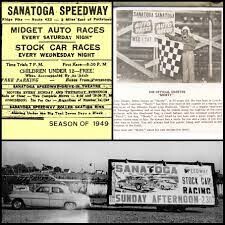
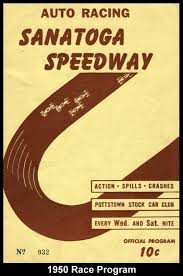
A June, 2000, in a Mercury article about the track, George Boone, a member of the speedway’s repair crew for close to 15 years, recalls, “Those were fun days. They drew (fans) like mad down there….3,000 didn’t seem like much. For the size track they drew overflow crowds.”
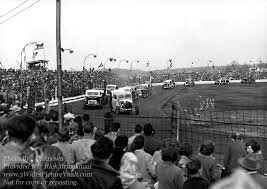
The track itself was located partially on the parking lot of the former Sanatoga Park, an amusement park built by the Schuylkill Valley Traction Company. The trolley company built the park in 1893 as a recreation center for Pottstown residents who could reach it, in those days, by trolley.
It is perhaps ironic that although automobiles caused the demise of the trolley parks, it was automobiles that breathed new life into the park grounds in the form of auto racing.
According to the historical society, “The park closed around 1937. The speedway construction started in 1937 and was completed in 1939. It was built by Ed Moll, John Sweetwood and Nick Pelacotti. The grounds for the track were owned by the Pottstown Transit Company but subleased to Harry Albright. The track was built as a 1/5-mile dirt oval and the first race was held May 7, 1939. Due to dust problems the track was closed and reopened as a paved track---the first race being held may 30, 1939. The promoters of the track were John Sweetwood and Nick Pelicotti in 1939 and 1940; John Sweetwood and George Marshman in 1941; [closed during the war]; Carl Spatz 1948, ’49, ’50; and George Marshman 1951-’58. The track was closed on September 12, 1958.”
During the stock car hey-day of the’50s, the promoter was George Marshman. The first stock car race was run on June 15, 1949, and was won by Claud Bitting of Reading.

At the speedway it was anything to draw a crowd. Posters advertised such diverse events as Joie Chitwood Auto Dare Devils; three-quarter midget races; “The Sensational Destruction Derby”; the Sanatoga Firemen’s Fair; a destruction derby with a World War II Sherman tank; and drive in movies.
But for a decade, Sanatoga Speedway was best known for stock car racing. In the early days there were no roll bars, seatbelts, or shoulder harnesses. The drivers only protection was leather football helmets. After a few years, roll bars became mandatory.
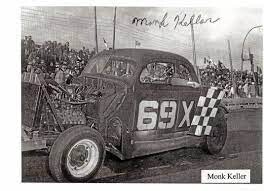
Sanatoga stock car races can best be described as, “for-the-fun-of-it.” Races ranged from twenty-five to one hundred laps. Small purses of perhaps fifty dollars were given to the winners with about twenty-five dollars “appearance money” given to the more popular drivers.
Butch Rogers, whose uncle started Grandview Raceway, described the early stock cars as “jalopies.” After World War II, Rogers says, people bought new cars. Used car lots were full of the old 1932 to 1937 V-8, flathead, Ford coupes with good tires that could be bought for as little as fifty dollars. After removing the hood and fenders and welding reinforcing bars to the front frame, they were ready to go. They usually ran the whole race in second gear, and kept the transmission from popping out of second in the rough and tumble by hooking the floor shift lever to a loop on the dash.
Fifty to sixty miles per hour was top speed, and the race often involved a lot of bump and shove.
Compared to stock car outfits today, the Speedway was low budget and local. The fans had their favorite drivers whose colorful personalities were well-known to the crowd.
One of the more popular drivers was Norman “Mose” Moore. He said, “If you saw an opening, you had to go for it. If you had to bump some guys around a little bit, go ahead. Put ‘em into the wall.” To win, Mose repeated, “You gotta be a little crazy, and give her H___.” He won “twenty-five or thirty trophies” some of which he has since given away.

The crowd-pleasing figure eight demolition derby became part of the track’s regular feature. Mose said he drove in some of them, but that “they were sort of a joke. I’d pick somebody I didn’t like and ram him.”
It was claimed that as many as 8,000 people attended some races, and the raceway had an eight-man police force to help with security and traffic. In particular they helped with emptying the parking lots when the thousands of cars had to exit out Park Drive to High Street.
Today the speedway’s photos and memorabilia are housed in the Sanatoga Union Chapel, 2341 High Street. The chapel is owned by the Lower Pottsgrove Historical Society and has been carefully restored and rehabbed into a museum and archive of the history of the Sanatoga area. The building itself retains many unique architectural features and furnishings from its 1891 construction date, but inside are thousands of photos, documents, and artifacts telling the history of the Sanatoga community.
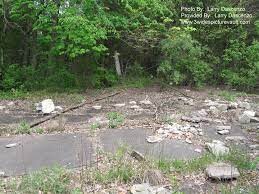
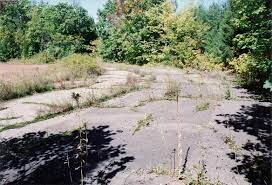
The site of the track today.
* Bob Wood--An inspiring Jack of all trades, master of many. Bob Wood serves as Studio B's Gallery Adjunct when he's not busy doing everything else! Writer, artist, potter, historian, and volunteer extraordinaire, Bob began his career as an artist following his retirement from teaching Language Arts for the Boyertown Area School District. Bob invites the public for wide-ranging discussions on art, history, and the art and craft of writing. Bob has published four books on local history.